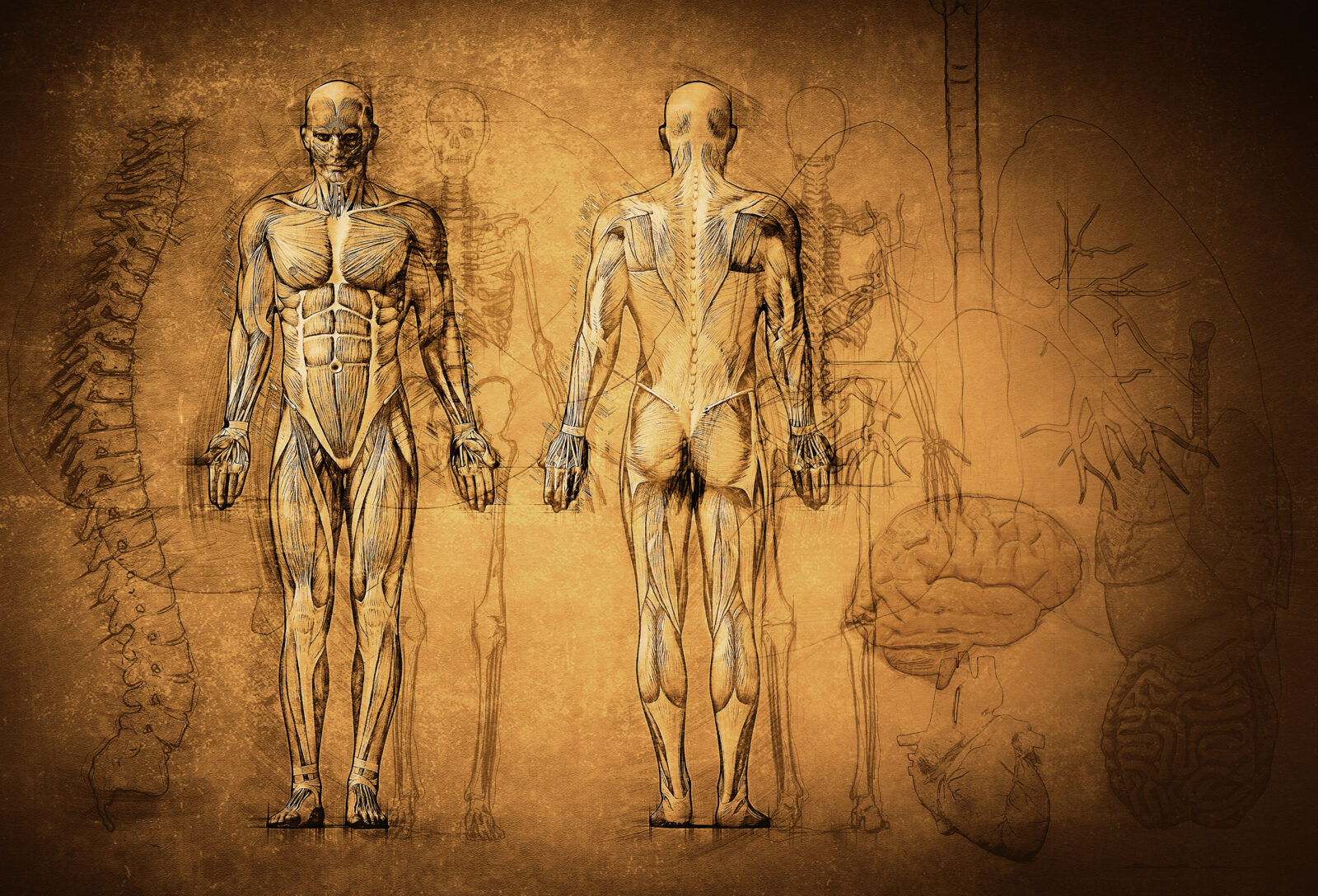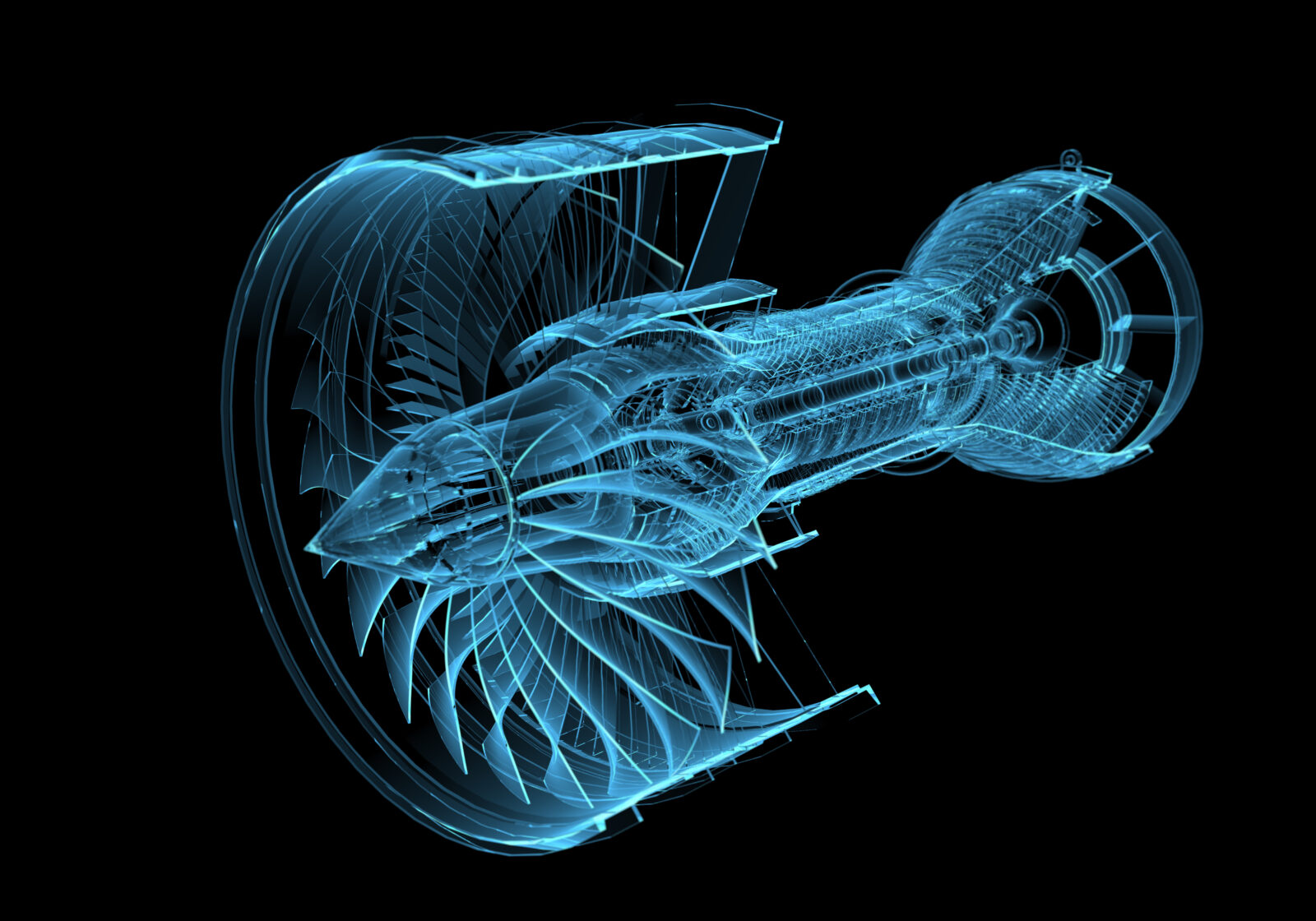


Brian Miller on the Limits of Protein Evolution

The Optimal Design of Our Eyes

Brian Miller on the Gift of Vision

The Miracle of Man: Reflections on The Westminster Conference

The Return of Natural Theology

How Modern Physics Reveals Purpose in the Universe

Physics to God: Rational Arguments for Design in the Universe

This Sandgrouse Just Took the Royal Society to Design School
Today’s ID the Future takes a look at how scientists from MIT and Johns Hopkins University are picking up clever engineering tricks by studying the feather design of the Namaqua sandgrouse. Ordinary bird feathers are already a master class in ingenious design, but as Jochen Mueller and Lorna Gibson show in a recent Royal Society Interface paper, the males of this desert-dwelling sandgrouse from southwestern Africa “have specially adapted feathers on their bellies that hold water, even during flight, allowing the birds to transport water back to the chicks at the nest.” Episode guest Brian Miller details the ingenious design of these feathers and tells how they are inspiring human inventions, one of which could help desert communities collect water Read More ›

Yes, a New Design-Based Paradigm is Emerging in Biology
On today’s ID the Future, physicist and engineer Brian Miller continues his two-part conversation with host Casey Luskin about an exciting paradigm emerging in biology wherein organisms and their parts are approached as near-optimally engineered systems. Under this framework, the scientist seeks to better understand biological structures in the same way one might try to unravel the workings of some unfamiliar advanced human technology one came across in a field. This design-centric paradigm is reshaping multiple areas of biology. One involves our understanding of biological mutations. While some mutations are indeed random, as the neo-Darwinian paradigm assumes, some appear to be the product of what is known as preprogrammed phenotypic plasticity, as if a thoughtful designer had programmed various species Read More ›